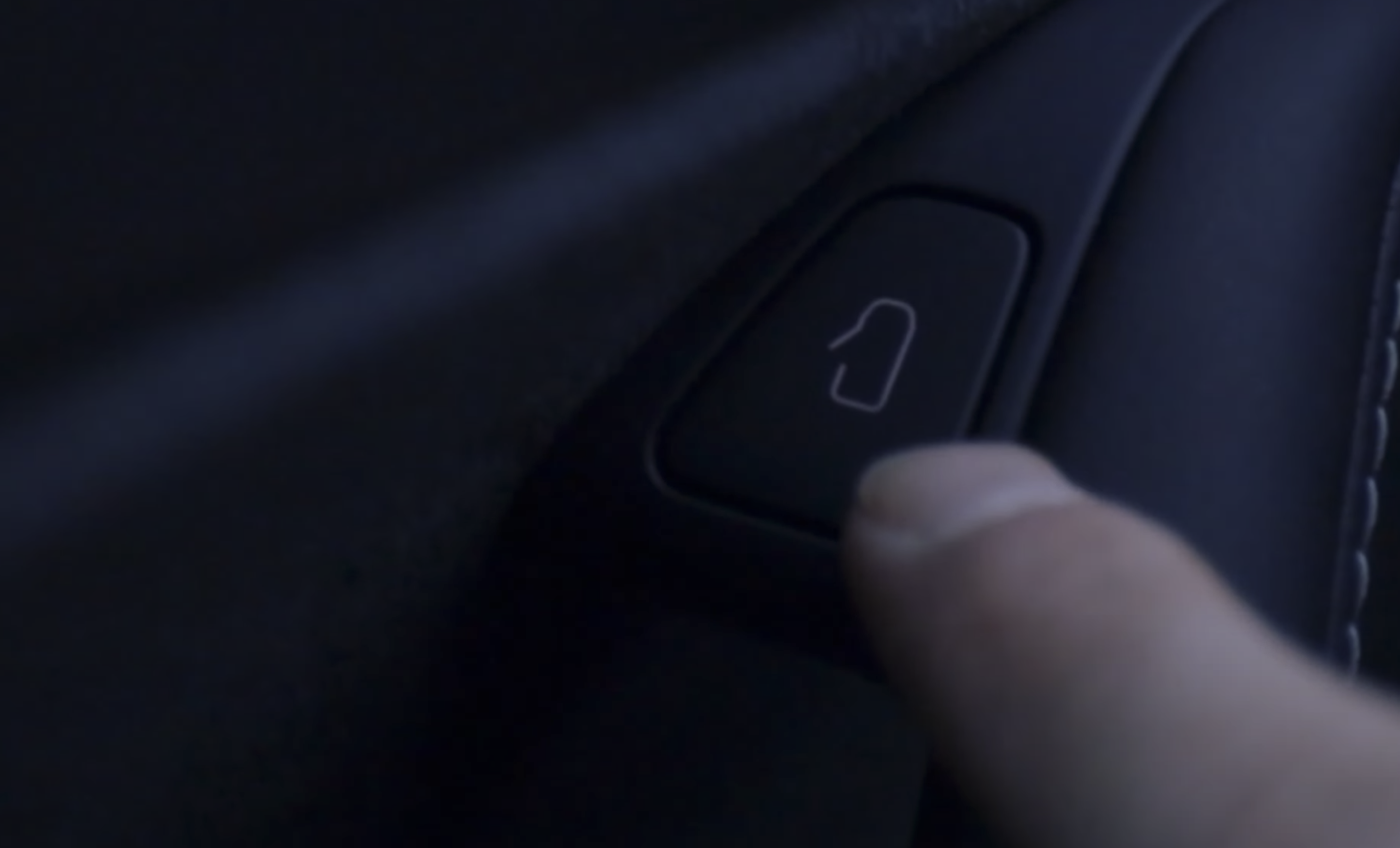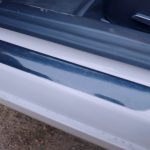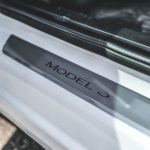

News
First Look at the 2021 Tesla Model 3 Heat Pump, and other lesser-known additions
Tesla’s “Refreshed” 2021 Model 3 has been the electric vehicle community’s talk as of lately. The all-electric sedan was close to perfect for many owners, combining affordability with great range and impressive performance specifications. Nothing is “perfect,” but Tesla would try to come as close to it as possible. A recent video from Trevor of the Tesla Owners Online YouTube channel and Twitter account shows other minor changes that have not yet been highlighted or discussed in great detail. Additionally, Trevor highlighted the Model 3’s newest feature, a Heat Pump, which will prove to increase efficiency in the all-electric sedan for years to come.
Heat Pump
While the most notable features of the 2021 Model 3 have been discussed on several occasions, like the power liftgate, new center console, and headlight redesign, some lesser-known features have not had much attention. One of these is the addition of the Heat Pump. While the community has talked about it, and Teslarati confirmed earlier this month that it had been added to the new Model 3, the elusive Heat Pump hasn’t been seen inside of the revised sedan on too many occasions. Trevor was sure to remove the frunk from the hood, revealing the Heat Pump.

For those who aren’t familiar, the Heat Pump was first spotted on the initial builds of the Model Y crossover earlier this year. Instead of a classic HVAC system, which transports heat to the cabin, Tesla chose to install a Heat Pump as its efficiency is far greater than the previously-used system. A Heat Pump acts as an A/C unit in reverse. As an air conditioner uses refrigerant to trap heat inside an area and cool it off before moving it outside, a heat pump is equipped with a reversing valve that reverses the refrigerant flow. The Heat Pump disperses heat instead of cold air. The Heat Pump generates 3 kW of thermal energy for every kW of energy used, making it super efficient and increasing range.
Door Sills
Aesthetically, the door sills are now black and do not dawn the words “Model 3” on them any longer.
Window Controls and Icons
The window controls are no longer gloss or piano, black. This adjustment was also made to the center console storage area. The gloss finish seemed to accumulate dust and fingerprints more frequently than not, requiring owners to tend to their appearance constantly.

Additionally, small icons giving passengers an indication of what the door buttons do have been added. Some third-party companies sold stickers that did this very same thing, but Tesla bypassed this step and added them on the 2021 Model 3.

Along with these features, Tesla added several revisions to improve the quality of the vehicle. Some of these include standard Chrome Delete, metal scroll wheels on the steering wheel, and wireless charging. The new Model 3 is being delivered now, and with the new revisions to the cosmetic appearance and the efficiency of the all-electric sedan, Tesla has improved on one of its best products to date.
Check out Tesla Owners Online’s full video of the Model 3 Refresh below!

News
Tesla starts showing how FSD will change lives in Europe
Local officials tested the system on narrow country roads and were impressed by FSD’s smooth, human-like driving, with some calling the service a game-changer for everyday life in areas that are far from urban centers.

Tesla has launched Europe’s first public shuttle service using Full Self-Driving (Supervised) in the rural Eifelkreis Bitburg-Prüm region of Germany, demonstrating how the technology can restore independence and mobility for people who struggle with limited transport options.
Local officials tested the system on narrow country roads and were impressed by FSD’s smooth, human-like driving, with some calling the service a game-changer for everyday life in areas that are far from urban centers.
Officials see real impact on rural residents
Arzfeld Mayor Johannes Kuhl and District Administrator Andreas Kruppert personally tested the Tesla shuttle service. This allowed them to see just how well FSD navigated winding lanes and rural roads confidently. Kruppert said, “Autonomous driving sounds like science fiction to many, but we simply see here that it works totally well in rural regions too.” Kuhl, for his part, also noted that FSD “feels like a very experienced driver.”
The pilot complements the area’s “Citizen Bus” program, which provides on-demand rides for elderly residents who can no longer drive themselves. Tesla Europe shared a video of a demonstration of the service, highlighting how FSD gives people their freedom back, even in places where public transport is not as prevalent.
What the Ministry for Economic Affairs and Transport says
Rhineland-Palatinate’s Minister Daniela Schmitt supported the project, praising the collaboration that made this “first of its kind in Europe” possible. As per the ministry, the rural rollout for the service shows FSD’s potential beyond major cities, and it delivers tangible benefits like grocery runs, doctor visits, and social connections for isolated residents.
“Reliable and flexible mobility is especially vital in rural areas. With the launch of a shuttle service using self-driving vehicles (FSD supervised) by Tesla in the Eifelkreis Bitburg-Prüm, an innovative pilot project is now getting underway that complements local community bus services. It is the first project of its kind in Europe.
“The result is a real gain for rural mobility: greater accessibility, more flexibility and tangible benefits for everyday life. A strong signal for innovation, cooperation and future-oriented mobility beyond urban centers,” the ministry wrote in a LinkedIn post.
News
Tesla China quietly posts Robotaxi-related job listing
Tesla China is currently seeking a Low Voltage Electrical Engineer to work on circuit board design for the company’s autonomous vehicles.

Tesla has posted a new job listing in Shanghai explicitly tied to its Robotaxi program, fueling speculation that the company is preparing to launch its dedicated autonomous ride-hailing service in China.
As noted in the listing, Tesla China is currently seeking a Low Voltage Electrical Engineer to work on circuit board design for the company’s autonomous vehicles.
Robotaxi-specific role
The listing, which was shared on social media platform X by industry watcher @tslaming, suggested that Tesla China is looking to fill the role urgently. The job listing itself specifically mentions that the person hired for the role will be working on the Low Voltage Hardware team, which would design the circuit boards that would serve as the nervous system of the Robotaxi.
Key tasks for the role, as indicated in the job listing, include collaboration with PCB layout, firmware, mechanical, program management, and validation teams, among other responsibilities. The role is based in Shanghai.
China Robotaxi launch
China represents a massive potential market for robotaxis, with its dense urban centers and supportive policies in select cities. Tesla has limited permission to roll out FSD in the country, though despite this, its vehicles have been hailed as among the best in the market when it comes to autonomous features. So far, at least, it appears that China supports Tesla’s FSD and Robotaxi rollout.
This was hinted at in November, when Tesla brought the Cybercab to the 8th China International Import Expo (CIIE) in Shanghai, marking the first time that the autonomous two-seater was brought to the Asia-Pacific region. The vehicle, despite not having a release date in China, received a significant amount of interest among the event’s attendees.
Elon Musk
Elon Musk and Tesla AI Director share insights after empty driver seat Robotaxi rides
The executives’ unoccupied tests hint at the rapid progress of Tesla’s unsupervised Robotaxi efforts.

Tesla CEO Elon Musk and AI Director Ashok Elluswamy celebrated Christmas Eve by sharing personal experiences with Robotaxi vehicles that had no safety monitor or occupant in the driver’s seat. Musk described the system’s “perfect driving” around Austin, while Elluswamy posted video from the back seat, calling it “an amazing experience.”
The executives’ unoccupied tests hint at the rapid progress of Tesla’s unsupervised Robotaxi efforts.
Elon and Ashok’s firsthand Robotaxi insights
Prior to Musk and the Tesla AI Director’s posts, sightings of unmanned Teslas navigating public roads were widely shared on social media. One such vehicle was spotted in Austin, Texas, which Elon Musk acknowleged by stating that “Testing is underway with no occupants in the car.”
Based on his Christmas Eve post, Musk seemed to have tested an unmanned Tesla himself. “A Tesla with no safety monitor in the car and me sitting in the passenger seat took me all around Austin on Sunday with perfect driving,” Musk wrote in his post.
Elluswamy responded with a 2-minute video showing himself in the rear of an unmanned Tesla. The video featured the vehicle’s empty front seats, as well as its smooth handling through real-world traffic. He captioned his video with the words, “It’s an amazing experience!”
Towards Unsupervised operations
During an xAI Hackathon earlier this month, Elon Musk mentioned that Tesla owed be removing Safety Monitors from its Robotaxis in Austin in just three weeks. “Unsupervised is pretty much solved at this point. So there will be Tesla Robotaxis operating in Austin with no one in them. Not even anyone in the passenger seat in about three weeks,” he said. Musk echoed similar estimates at the 2025 Annual Shareholder Meeting and the Q3 2025 earnings call.
Considering the insights that were posted Musk and Elluswamy, it does appear that Tesla is working hard towards operating its Robotaxis with no safety monitors. This is quite impressive considering that the service was launched just earlier this year.










